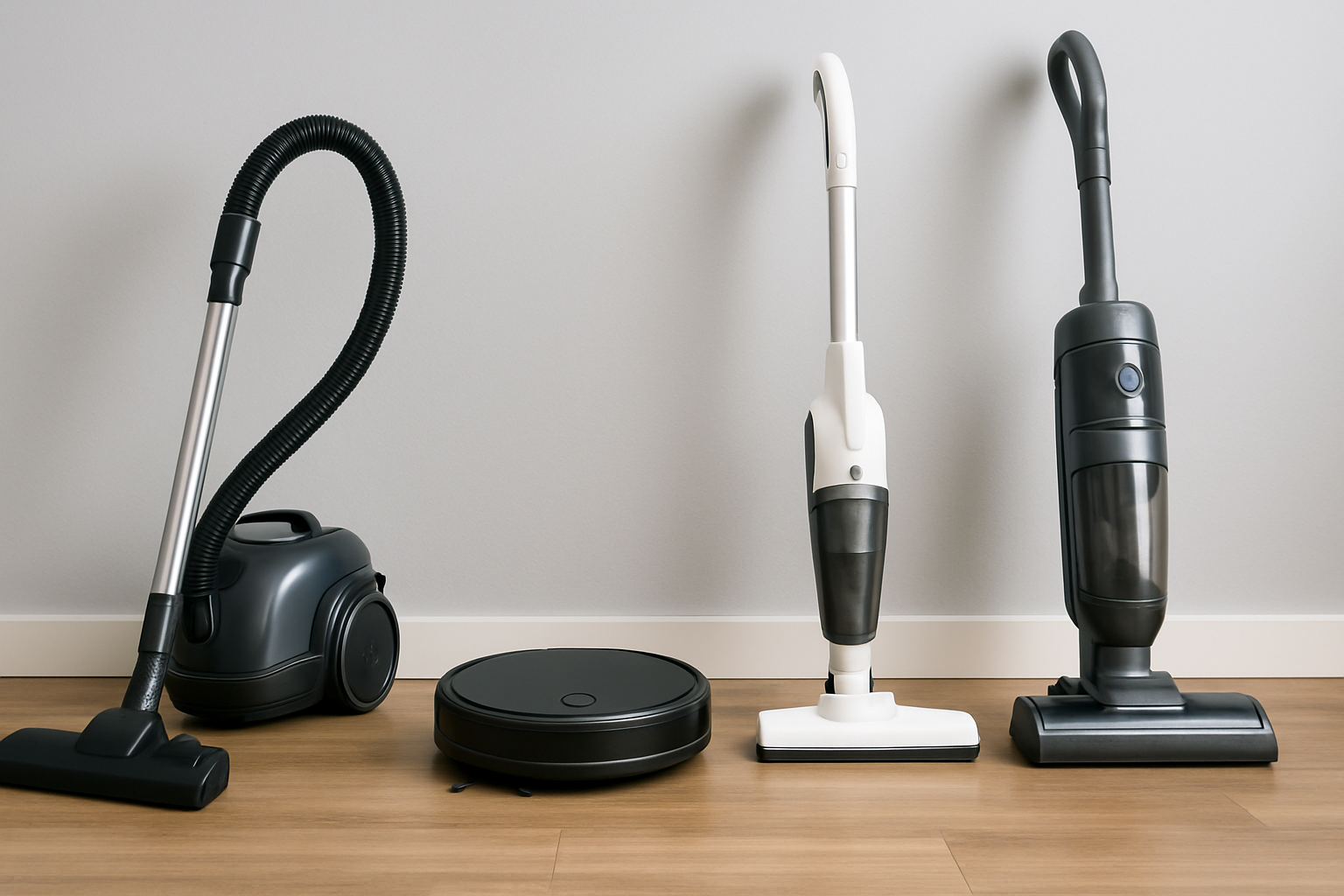
In the evolving B2B marketplace, the traditional model of selling vacuum cleaners as one-time purchases is losing traction. Today, businesses across Europe and the Middle East are increasingly embracing recurring-revenue models that prioritize ongoing value over single transactions. For distributors, entrepreneurs, and procurement managers in the vacuum cleaner industry, shifting from one-off sales to service-driven contracts presents a unique opportunity to secure long-term relationships, predictable cash flow, and higher margins.
1. Why One-Off Sales Are No Longer Enough
Historically, vacuum cleaner distributors sold devices like the High Suction Vacuum Cleaner to B2B buyers in bulk, often with little engagement beyond the initial purchase. While effective in the short term, this model offers limited opportunities for repeat revenue and leaves businesses vulnerable to fluctuating demand.
In contrast, service-based models allow suppliers to deliver consistent value through maintenance, upgrades, IoT monitoring, and training. This aligns with broader B2B trends: clients no longer want just products—they want outcomes, reliability, and measurable ROI.
2. What Recurring-Revenue Models Look Like in Cleaning
Subscription Services
Instead of buying outright, B2B clients subscribe to receive equipment such as the Portable Self-Cleaning Vacuum Cleaner along with scheduled upgrades, software updates, and customer support. This model ensures clients always have access to the latest technology without large upfront costs.
Cleaning-as-a-Service (CaaS)
In this model, suppliers lease equipment like the Large-Capacity Wet Dry Vacuum Cleaner or 4 in 1 Cordless Smart Wet & Dry Vacuum Cleaner while managing servicing, repairs, and IoT-based performance tracking. Clients pay for guaranteed uptime and efficiency, rather than ownership.
Bundled Packages
Recurring revenue can also come from combining products with add-ons, such as selling a Quiet Vacuum Cleaner with annual maintenance plans, staff training, and IoT dashboards that provide usage analytics.
3. The Role of Technology in Enabling Recurring Revenue
Technological innovations make recurring models practical and appealing. For example:
A Fast Lightweight Vacuum Cleaner can be paired with IoT sensors that track usage and automatically request servicing when needed.
The Energy-Saving Efficient Powerful Vacuum Cleaner can be integrated with sustainability dashboards, enabling clients to monitor their carbon footprint in real time.
A Cordless Handheld Vacuum Cleaner deployed in hospitality can be managed under a service contract that ensures replacements are delivered before downtime occurs.
This data-driven approach increases transparency and allows suppliers to prove the long-term value of their solutions.
Report: How Subscription Models Are Reshaping B2B Industries
4. Benefits for B2B Clients
Recurring-revenue models are not just good for suppliers—they deliver measurable benefits to clients:
Predictable costs through monthly or annual payments.
Guaranteed uptime thanks to proactive maintenance.
Access to innovation with regular upgrades to equipment like Wet Dry Vacuum Cleaners.
Improved sustainability with energy-efficient systems monitored in real time.
For procurement managers, this simplifies budgeting and ensures cleaning operations never lag behind industry standards.
Facility Management Insights from IFMA
5. Market Readiness: Europe and the Middle East
Europe
The EU’s focus on sustainability and circular economy principles makes recurring service models highly attractive. Buyers prefer solutions like the Multi-Functional Durable Vacuum Cleaner, paired with energy efficiency guarantees and recycling programs.
Middle East
Demand is strong for bundled services that reduce operational risk. With large-scale facilities such as malls and hotels, buyers see value in leasing Car Vacuum Cleaners and related equipment as part of ongoing service contracts.
Case Study: Kärcher’s Global B2B Service Programs
6. Transitioning from Sales to Services: A Roadmap
Reframe the Value Proposition: Position yourself not just as a product seller but as a long-term partner in cleanliness and efficiency.
Invest in IoT and Data Analytics: Use connected devices to provide measurable ROI for clients.
Offer Tiered Service Packages: From basic maintenance to premium CaaS bundles, provide options for different budgets.
Train Sales Teams: Shift sales conversations from upfront costs to lifetime value.
Pilot Programs: Test recurring models with key clients before rolling them out broadly.
Conclusion
Recurring-revenue models are transforming the B2B cleaning industry. By moving beyond one-off sales, suppliers can create sustainable revenue streams, while clients benefit from predictable costs, reliable performance, and access to innovation. From the Energy-Saving Efficient Powerful Vacuum Cleaner to advanced Smart Wet & Dry Vacuum Cleaners, the industry’s future is clear: services, not just sales.
👉 Discover more opportunities at www.lxvacuum.com
📌 Hashtags
#HighSuctionVacuumCleaner, #QuietVacuumCleaner, #PortableSelfCleaningVacuumCleaner, #MultiFunctionalDurableVacuumCleaner, #FastLightweightVacuumCleaner, #EnergySavingEfficientVacuum, #LargeCapacityWetDryVacuumCleaner, #CordlessHandheldVacuumCleaner, #WetDryVacuumCleaners, #4in1CordlessSmartVacuum, #CordlessVacuumCleaner, #CarVacuumCleaner, #CleaningAsAService, #SubscriptionCleaning, #RecurringRevenueCleaning, #SmartVacuumEcosystem, #IoTCleaningDevices, #B2BVacuumBusiness, #FacilityManagementSolutions, #SustainableCleaningTech
















